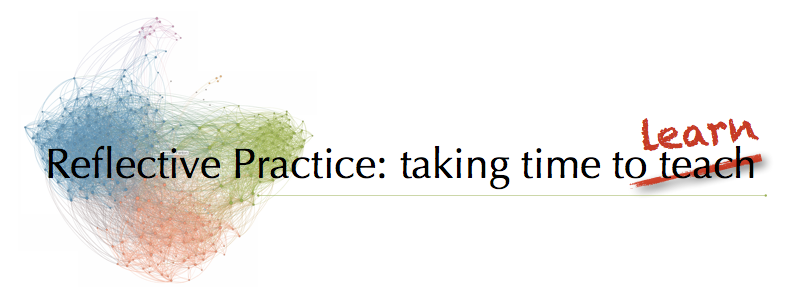"Do not confine your children to your own learning, for they were born in another time."
~ Chinese Proverb
Recently, while browsing through the happenings at ISTE, I
came across a link to tell My Technology Story. Being interested in the ways in
which technology are driving change in education I obviously clicked and was
taken to a form with two questions:
- How has technology made you a more effective teacher or administrator?
- Based on your response to the above question, how has student learning improved as a result?
Below are my brief responses
to the questions as I shared them on the ISTE form.
How has technology made you a more effective teacher or
administrator?
Working in a 1:1 laptop environment with my Grade 6 class
has enabled me to do so much more with differentiation. I am able to have
students work on very different tasks - informed by need, learning style and
interest - yet develop the same concepts, working toward a more in-depth understanding
of our central ideas or enduring understandings.
Technology has also enabled me to become a more consistent
and effective communicator with parents and the wider school community. Updates
on our class blog keep parents informed about our events and activities. My
professional blog (this one!) helps me better understand my own practice; reflecting and 'thinking out loud' help me to clarify my own understandings about teaching and
learning.
Finally, building a PLN with access to blogs, wikis,
organizations and social networks such as Twitter, keeps me connected to
other educators. This is a vital part of my learning and I am now trying to share
some of these ideas with my students. We are learning to use Twitter as a
class, creating a list that allows all of the students and I to share thoughts,
questions and ideas with each other.
How has student learning improved as a result?
I believe my students feel ownership over their learning.
They have choices about what they will do and how they will show or share their
learning with others. This became most evident during our recent student-ledlearning reviews when my students created their own agendas, planning how they
would share their learning with their parents.
 My students feel connected. They have multiple opportunities
to learn with others in various ways: Skype conversations, presenting and
participating in a student-led conference series via Blackboard Collaborate, blogging,
tweeting – they have an authentic and global audience.
My students feel connected. They have multiple opportunities
to learn with others in various ways: Skype conversations, presenting and
participating in a student-led conference series via Blackboard Collaborate, blogging,
tweeting – they have an authentic and global audience.
My students are skillful. They know how to locate relevant
information and are learning how to evaluate the reliability of the source.
They are writers. They not only maintain their own blogs, they read and comment
on others’ blogs. They create amazing videos and tutorials to share, applying
the processes once reserved for writing. They participate – joining and contributing
in areas of personal interest. Many of my students have their own YouTubechannels and SoundCloud accounts where they share their compositions and ask
others for feedback ~ which they receive!
Most importantly, I believe my students' learning has
improved because they are aware of their learning; they are the directors of
their learning. This has been made possible because of the technologies
available to them and the access they now have to their own learning
communities. As their guide and facilitator, they can contact me when they need
help - this might be on a weekend or in the evening, but through Twitter,
email, blog comments and Skype, we are no longer confined to the school day or
the actual building.
What strikes me when I review My Technology Story responses
is that it has little to do with technology. It is about empowering students to
be actively involved in their learning. The conversation needs to be about how
we develop spaces for learning, where students collaborate, question,
challenge, create, participate.
These two questions are a great place to start this
conversation.


No comments:
Post a Comment